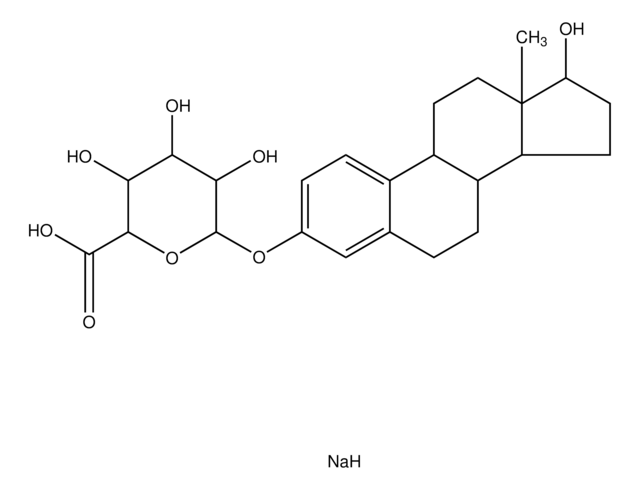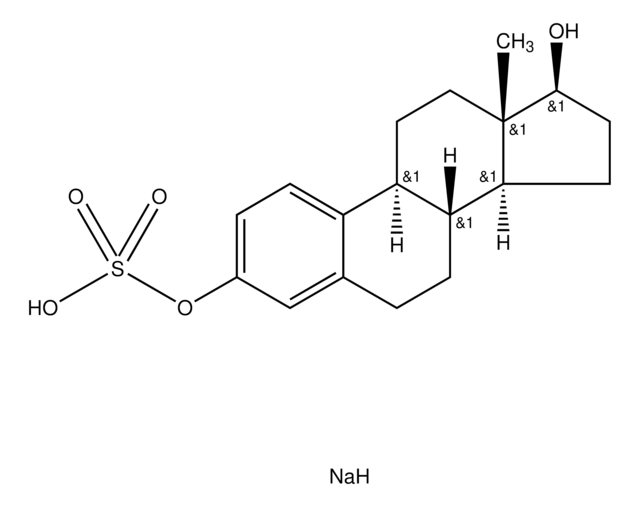F6513
Fusaric acid
from Gibberella fujikuroi
Synonym(s):
5-Butylpicolinic acid, 5-Butylpyridine-2-carboxylic acid
About This Item
Recommended Products
biological source
Gibberella fujikuroi
Quality Level
Assay
≥98% (TLC)
form
powder
mp
95-97 °C
solubility
ethanol: 49.00-51.00 mg/mL, clear, colorless to faintly yellow
antibiotic activity spectrum
Gram-positive bacteria
Mode of action
enzyme | inhibits
storage temp.
−20°C
SMILES string
CCCCc1ccc(nc1)C(O)=O
InChI
1S/C10H13NO2/c1-2-3-4-8-5-6-9(10(12)13)11-7-8/h5-7H,2-4H2,1H3,(H,12,13)
InChI key
DGMPVYSXXIOGJY-UHFFFAOYSA-N
Gene Information
human ... DBH(1621)
Looking for similar products? Visit Product Comparison Guide
General description
Biochem/physiol Actions
Features and Benefits
Signal Word
Warning
Hazard Statements
Precautionary Statements
Hazard Classifications
Acute Tox. 4 Oral
Storage Class Code
11 - Combustible Solids
WGK
WGK 3
Flash Point(F)
Not applicable
Flash Point(C)
Not applicable
Personal Protective Equipment
Certificates of Analysis (COA)
Search for Certificates of Analysis (COA) by entering the products Lot/Batch Number. Lot and Batch Numbers can be found on a product’s label following the words ‘Lot’ or ‘Batch’.
Already Own This Product?
Find documentation for the products that you have recently purchased in the Document Library.
Customers Also Viewed
Our team of scientists has experience in all areas of research including Life Science, Material Science, Chemical Synthesis, Chromatography, Analytical and many others.
Contact Technical Service











